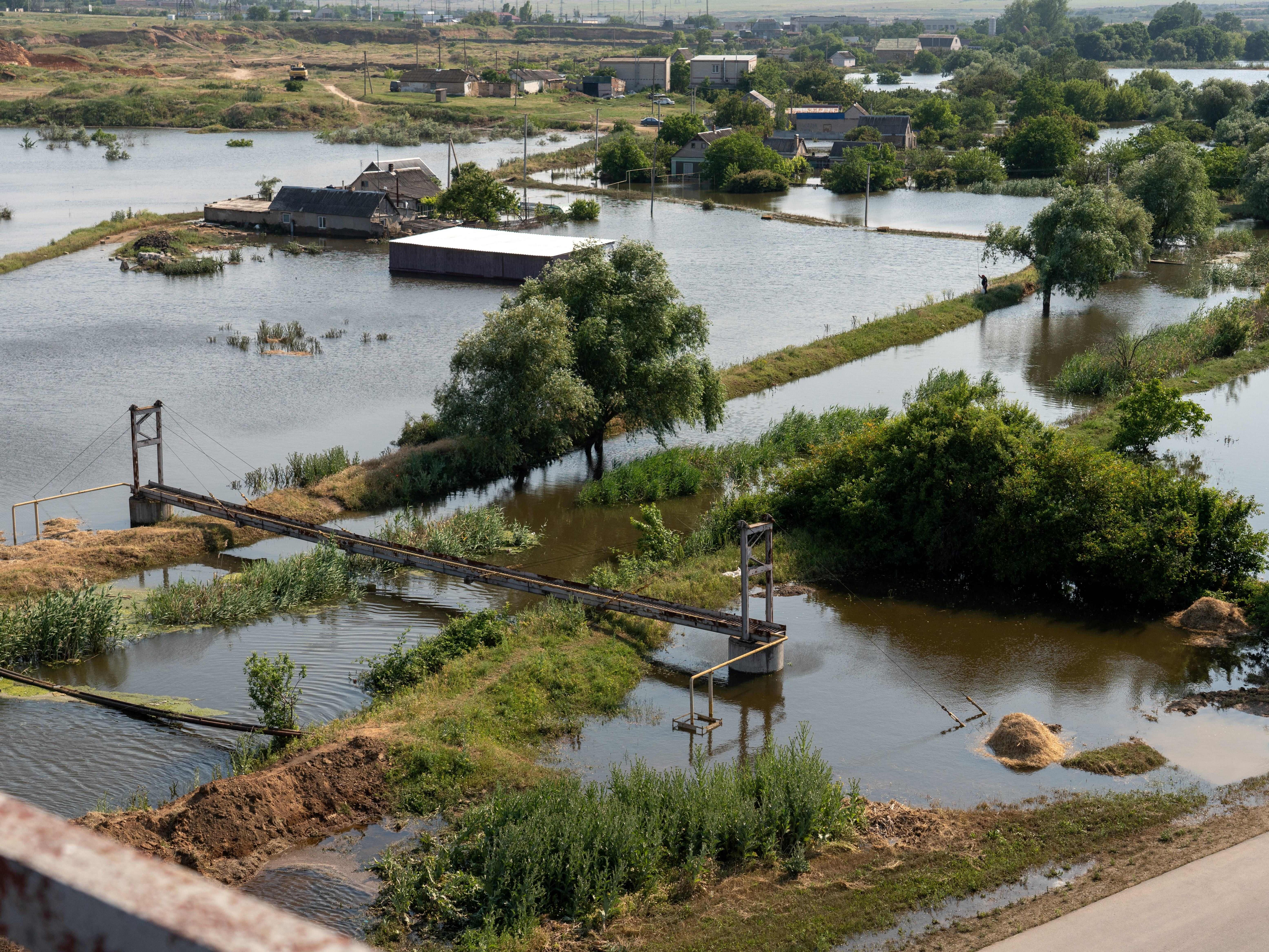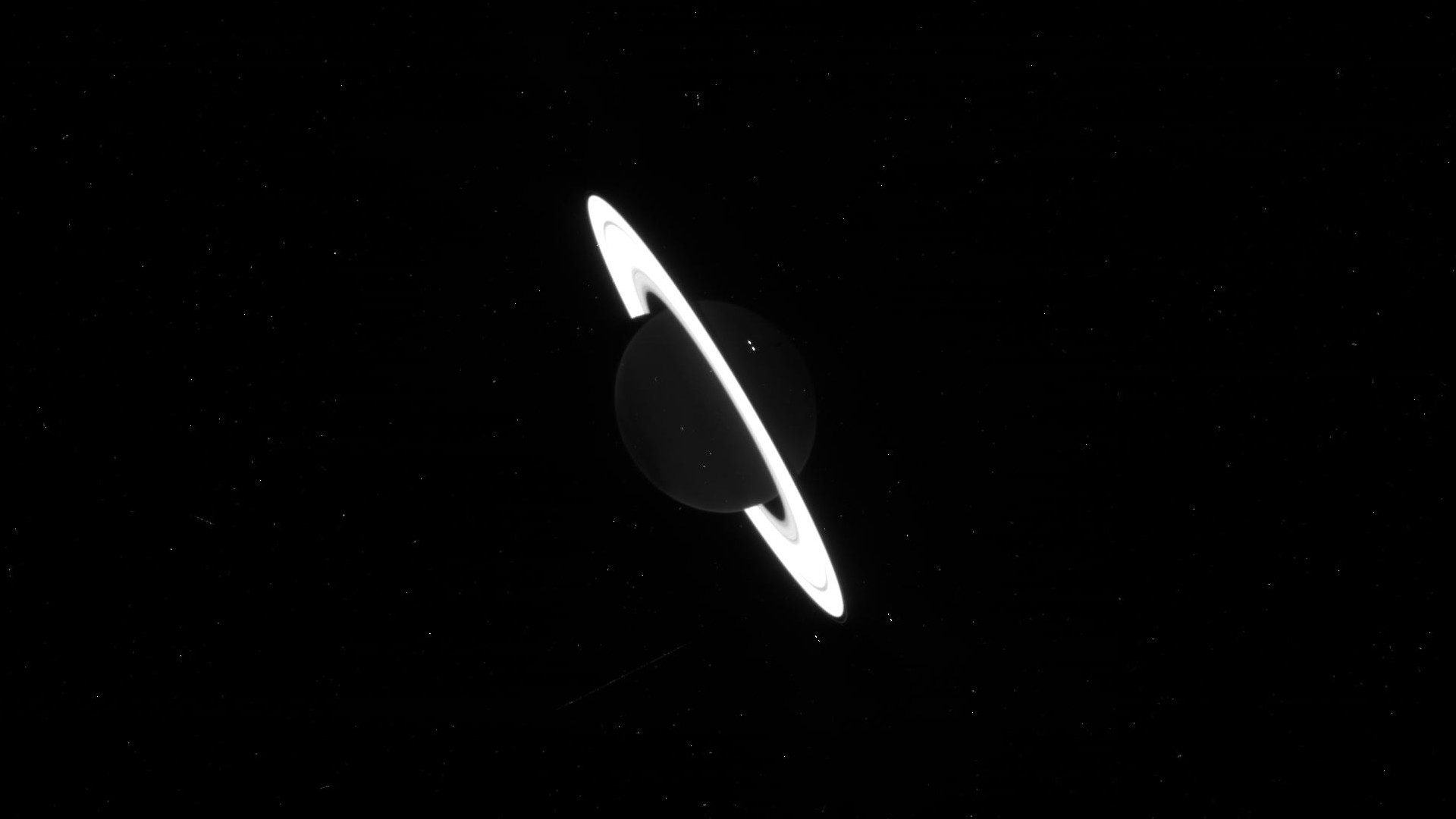Image 1 of 3

Image 2 of 3

Image 3 of 3

The extraordinary underwater photographs of the newly-found wreck of the Endurance have also revealed some equally extraordinary creatures lurking in the dark and freezing depths of Antarctica‘s Weddell Sea.
Marine biologists that viewed the photographs have already spotted about half-a-dozen animal species, which underscores the wealth of life that can be found in even the most extreme environments.
“The wreck is amazing, but can we also talk about some of the Antarctic seafloor creatures that now call it home,” Huw Griffiths, a marine biologist with the British Antarctic Survey, wrote in a Twitter thread posted on Wednesday (March 9) .
Giffiths noted the photographs show filter-feeding Antarctic sea anemones (members of the genus Hormathia or similar) and sea squirts (from the subphylum Tunicata) clinging to the timbers of the outside of the 107-year-old shipwreck.
Related: In photos: Searching for Shackleton’s Endurance shipwreck
Huge congratulations to @Endurance_22 and @NatGeo for finding the wreck of #Shackleton’s #Endurance. The wreck is amazing but can we also talk about some of the #Antarctic sea floor creatures that now call it home! Add any others you spot to the thread! (1) pic.twitter.com/QULEJkoiW4March 9, 2022
See more
But the star of the show was the “squat lobster” seen in some photographs scuttling past a wooden porthole of the ship, which sank in Antarctica’s Weddell Sea in 1915.
Squat lobsters may look like lobsters, but they are actually more closely related to hermit crabs, according to the Monterey Bay Aquarium.
The animal could be from the genus Munidopsis, which is known to have over 200 species, Griffiths told BBC News. One species was found in 2006 on the western side of the Antarctic Peninsula, but this would be a first for the Weddell Sea on the eastern side, he said.
Endurance wreck
The wreck of the Endurance was discovered on Saturday (March 5) by searchers on board the South African polar research vessel Agulhas II.
It was famously crushed in November 1915 by sea ice and sank to the bottom of the Weddell Sea during an expedition led by polar explorer Ernest Shackleton, after becoming surrounded by ice several months earlier.
The Endurance was Shackleton’s expedition ship. He’d intended to begin a crossing of the entire Antarctic continent from the south coast of the Weddell Sea.
But he and his crew had to abandon the ship after it became trapped; instead they made an extraordinary journey of survival across the ice on dog-sleds and the freezing seas by lifeboats, first to the tip of the Antarctic Peninsula and then to the sub-Antarctic island of South Georgia. Remarkably, they all survived.
The wreck was found at a depth of almost 10,000 feet (3,000 meters) beneath the Weddell Sea, which is often completely covered by sea ice.
It’s impossible for any light to reach such a depth, meaning that plants that rely on photosynthesis can’t live there; and so the animals on the wreck can only survive by eating other animals or feeding off the “marine snow” of dead algae, tiny animals and their waste that falls from the often-icy surface, where sunlight can penetrate for a very small distance.
Image 1 of 3

Image 2 of 3

Image 3 of 3

Filter-feeders
Sea squirts pump water in and out through their two syphons to collect plankton and marine snow (dead things and poo raining down from the surface). (3) pic.twitter.com/lCN61fvkf1March 9, 2022
See more
Most of the animals Griffiths spotted on the wreck photos were “filter feeders” that survived by eating marine snow, he wrote on Twitter.
He also noted the photos showed starfish or sea-stars (order Brisingida) and stalked animals that were probably glass sponges (class Hexactinellida) — similar sponges have been found under Antarctica’s Filchner ice shelf.
Griffiths said one of his favorite creatures on the wreck is a bright yellow sea-lily, a stalked type of crinoid.
“Sea lilies date back over 480 million years and used to be very common and diverse in all the world’s oceans until the Triassic period,” he said.
Other sea creatures on the Endurance wreck may be confirmed as researchers examine more of the high-resolution imagery from the autonomous underwater vehicles that found the wreck.
Essex University marine biologist Michelle Tasylor, who like Griffiths wasn’t involved in the search for the Endurance wreck, told BBC News that the fan-like structure near the ship’s wheel may be a type of hydroid — effectively a colony of tiny creatures that live together.
“They are the fine, slightly stingy fur that you find covers the bottles of boats very quickly,” she said.
But researchers don’t expect to find on the wreck any wood-eating bacteria, fungi or shipworms, which can quickly destroy the timbers of sunken wrecks.
Portsmouth University marine zoologist Simon Cragg told BBC News that those organisms were likely to have been kept at bay by the cold waters around Antarctica — and indeed it seems that the wooden wreck is in a remarkable state of preservation.
Originally published on Live Science.
Tom Metcalfe is a freelance journalist and regular Live Science contributor who is based in London in the United Kingdom. Tom writes mainly about science, space, archaeology, the Earth and the oceans. He has also written for the BBC, NBC News, National Geographic, Scientific American, Air & Space, and many others.
Note: This article have been indexed to our site. We do not claim legitimacy, ownership or copyright of any of the content above. To see the article at original source Click Here








